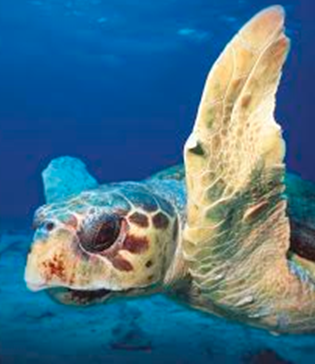Speaker
Scott Heppel
(Department of Fisheries and Wildlife, Oregon State University, Corvallis, Oregon, USA)
Description
The changing climate scenario for the eastern Bering Sea predicts less ice cover, earlier ice retreat, and a 3 oC increase in sea surface temperature in the next 100 years. One of the primary concerns under this scenario is the predicted substantial decrease in primary productivity on the Bering Sea shelf, which would affect the entire food web. The Bering Sea is an extremely productive ecosystem and is currently home to 29 species of marine mammals, 420 species of fish, 102 species of birds, the planet’s largest fishery, and it provides a needed subsistence food source for indigenous peoples. Central-place foragers, those species such as colony-breeding seabirds and pinnipeds that are tied to a specific location, can only forage a limited distance from their colony before needing to return to care for their offspring. With decreasing productivity on the Bering shelf, central-place foragers can either foraging elsewhere or experience population declines. St. Paul, St. George, and Bogoslof Islands are islands located on the eastern Bering Sea shelf but at different distances from the shelf edge, which provides us with an opportunity to evaluate if foraging over deep slope waters can compensate for the loss of shelf prey. In order for foraging on slope prey to be successful, prey have to be abundant, reliable, and high energy, because commute distances will be farther (i.e. cost more energy) and because slope prey are diel vertical migrators, which means they are only available to surface-feeding predators during a limited nocturnal period. Our results indicate that being close to the slope ecosystem has an influence on population persistence because slope prey are both energy rich and available. Access to multiple foraging arenas may therefore be one means by which species in the Bering Sea can temper the effects of climate change.
Author
Scott Heppel
(Department of Fisheries and Wildlife, Oregon State University, Corvallis, Oregon, USA)

